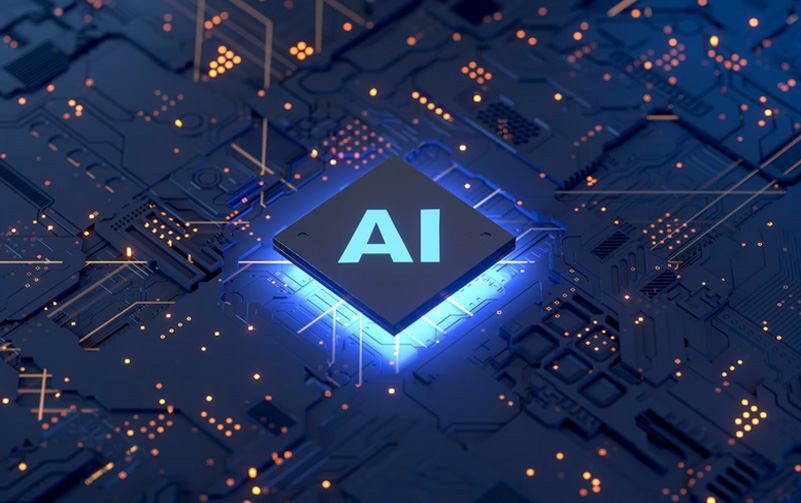Posted At: فبراير 17, 2024 - 791 Views

ROS (Robot Operating System): ROS is not a traditional AI tool, but it's a flexible framework specifically designed for building robotic systems. It provides a set of libraries, tools, and conventions for developing robot software. ROS can be used in conjunction with various AI and machine learning tools to enable perception, decision-making, and control in robotic applications.
TensorFlow and PyTorch: These popular machine learning frameworks are commonly used for training and deploying AI models in robotics. They are versatile and can be applied to various tasks, such as computer vision for object recognition, natural language processing for human-robot interaction, and reinforcement learning for robotic control.
OpenCV: Open Source Computer Vision Library is widely used in robotics for image and video processing. It provides a range of tools and algorithms for tasks like object detection, tracking, and feature extraction.
MoveIt!: MoveIt! is a motion planning framework specifically designed for robotic systems. It is often used with ROS and provides tools for path planning, collision detection, and control.
Gazebo: Gazebo is a simulation tool used for testing and developing robotic algorithms in a simulated environment. It allows developers to test their robotic systems before deploying them on physical robots.
PyRobot: Developed by Facebook AI Research (FAIR), PyRobot is an open-source Python library for robot learning. It provides a set of high-level APIs and tools to simplify the development of robotic applications.
Microsoft Robotics Developer Studio: This is a comprehensive toolkit provided by Microsoft for developing robotic applications. It includes simulation tools, visual programming languages, and support for various hardware platforms.
Robotics Toolbox for MATLAB: MATLAB offers a robotics toolbox that provides tools for designing and simulating robotic systems. It includes functionalities for kinematics, dynamics, control, and simulation.
Robotic Operating System for Machine Learning (ROS2ML): This extension of ROS focuses on integrating machine learning models into robotic systems. It aims to provide a seamless integration of machine learning capabilities with ROS.
When choosing an AI tool for robotics, it's essential to consider the specific needs of the robotic application, the level of community support, integration capabilities with other tools, and ease of use for the development team. Often, a combination of these tools is used to address different aspects of the robotic system.
